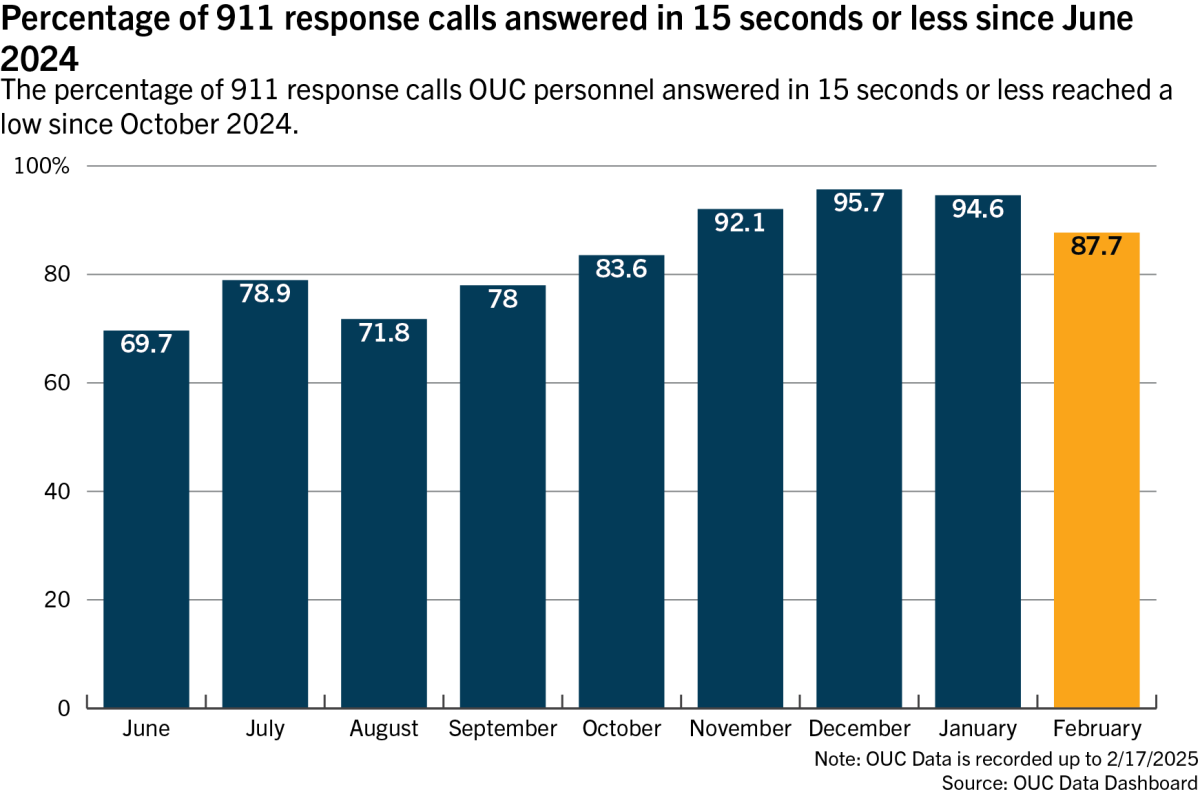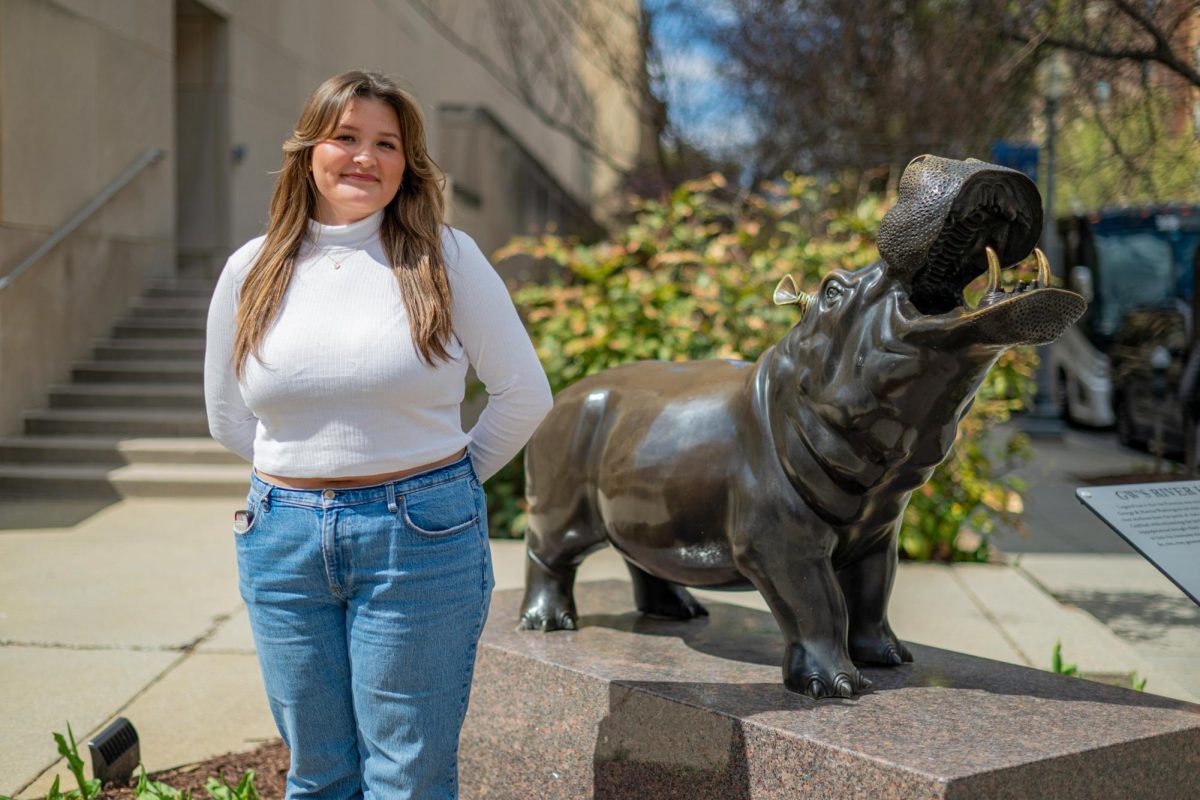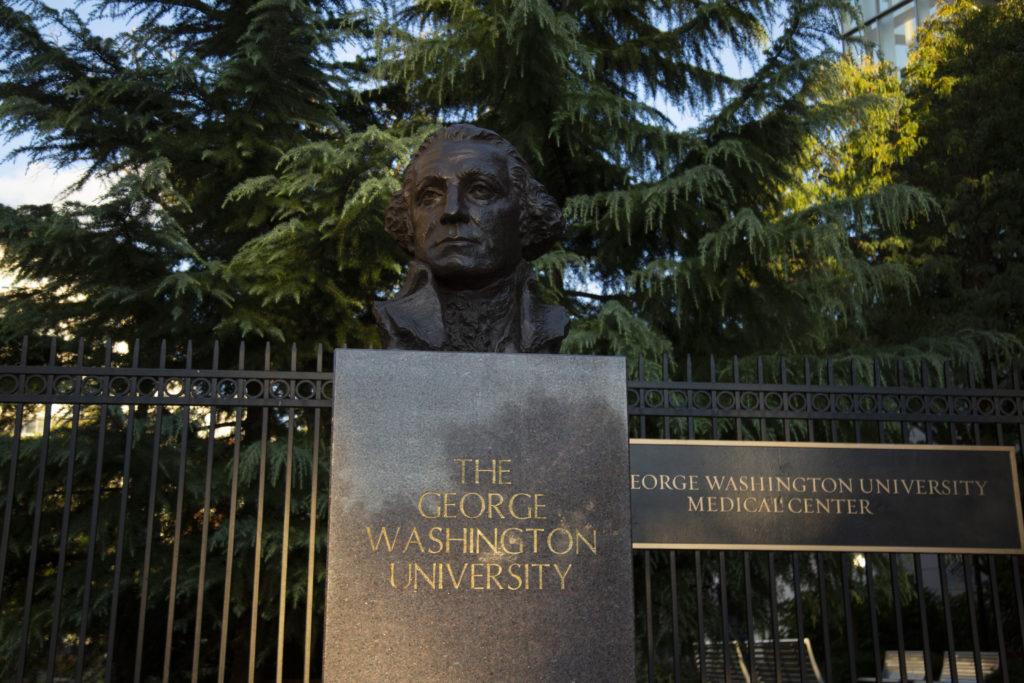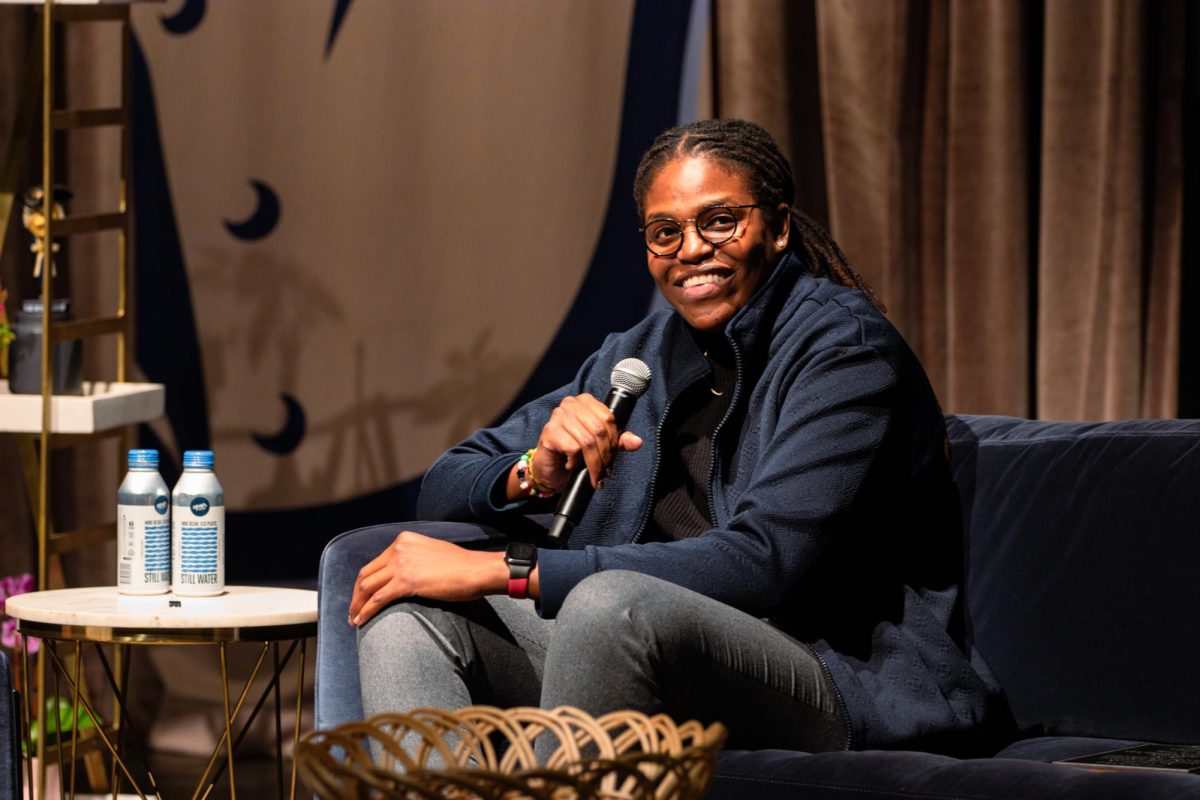Updated: March 3, 2025, at 12:51 p.m.
More than 200 Claridge House Cooperative residents evacuated the Foggy Bottom apartment building on Feb. 8 after a tenant spotted smoke in the elevator and a front desk agent dialed 911 — only to be put on hold for a half hour, a resident of the building said.
Trupti Patel, a Claridge House resident and the chair of the Foggy Bottom and West End Advisory Neighborhood Commission, said the front desk staffer’s call to 911 wasn’t put through for almost 30 minutes, noting that the Office of Unified Communications is responsible for routing the call to the appropriate emergency services. D.C. Fire and Emergency Medical Services declared there was no fire and attributed the smoke to a motor malfunction in the elevator, but the 911 delay reflects persistent reports of long response times in Foggy Bottom and across D.C., which OUC has worked recently to mitigate.
“They are deeply disturbed that how could it take so long for 911 for what was a clear emergency,” Patel said, referring to her fellow Claridge House tenants. “Now, once FEMS arrived on site, they did everything appropriately.”
OUC Deputy Director Kelly Brown said 911 received the first of two calls at 10:22 p.m. She said the caller hung up after almost two minutes and called back 10:24 p.m.
Brown said the heightened number of 911 call takers and dispatchers reflect “strides” the OUC has taken to improve performance. She said the OUC is “relentless” about improving performance of 911 response times.
The OUC in August compiled a 22-step plan to focus on changing 911 protocol and replacing computer equipment that failed to reduce 911 call delays over a three-month period. The percentage of 911 calls OUC answered in 15 seconds or less rose from 71.8 percent in August to 87.7 percent in February, according to OUC data.
The OUC was not going to implement about $2.5 million of technology upgrades until the start of the fiscal year in October 2024, but public outcry over incidents, including a five-month-old infant dying in August during a computer outage at the call center, prompted it to move up the timeline to August.
In March, a community member who attended a Foggy Bottom ANC meeting said they were concerned about the OUC’s lack of coordination when multiple residents placed 911 calls following a break-in in the Columbia Plaza apartment complex.
The member of the public said they were the fourth person to call 911 about the break-in, but the operator acted as if they were the first caller. The community member said this interaction made them feel like the call wasn’t urgent.
“That’s very frightening in your place of residence,” the meeting attendee said.
Patel said dispatch officials have instructed 911 operators not to disclose records of previous phone calls about the same incident.
Lauren Hines, who identified herself as a constituent of the Foggy Bottom ANC at its July meeting, said she encountered a man who had been “prowling the streets” of the neighborhood that made her feel “threatened and unsafe.” She said she immediately called 911 after seeing the man days later but it took police about two hours to arrive after she called.
The D.C. Judiciary and Public Safety Committee conducted oversight hearings in September to check the OUC’s operation, led by Ward 2 Councilmember Brooke Pinto, who represents the area encompassing Foggy Bottom. At a September committee meeting, the director of D.C.’s 911 call center pointed to staffing shortages when asked by councilmembers about delays in services, computer outages and confused addresses.
Nearly nine in 10 shifts in July did not meet the agency’s minimum staffing goals, according to a public dashboard maintained by the District. A release by Pinto in December states that OUC still needs to fill six open positions, down from 36 in June 2024.
In December, the OUC answered an average of 91 percent of 911 calls in 15 seconds or less, besting June’s 62 percent and topping the national standard, according to a press release. This month, personnel answered 87.7 percent of calls in 15 seconds or less.

This means a call taker at the OUC answered the call within 15 seconds or less before transferring emergency services to the scene.
Calls that require a fire or emergency are “immediately” transferred to dispatchers within the call center, according to OUC’s website. For emergencies that require police presence, the call taker records the caller’s information and forwards it to police dispatchers within the call center via computer. The call center’s Computer-Aided Dispatch assists with the dispatch of fire responders.
“No matter what neighborhood you live in, work in, or visit, you have the right to be safe in our city. I know that the work continues in 2025 to ensure this reality is true for everyone,” Pinto said in the press release.
Bryson Kloesel, Ella Mitchell and Rory Quealy contributed reporting.
This post has been updated to include the following:
This post has been updated to include a comment from the Office of Unified Communications Deputy Director Kelly Brown.





